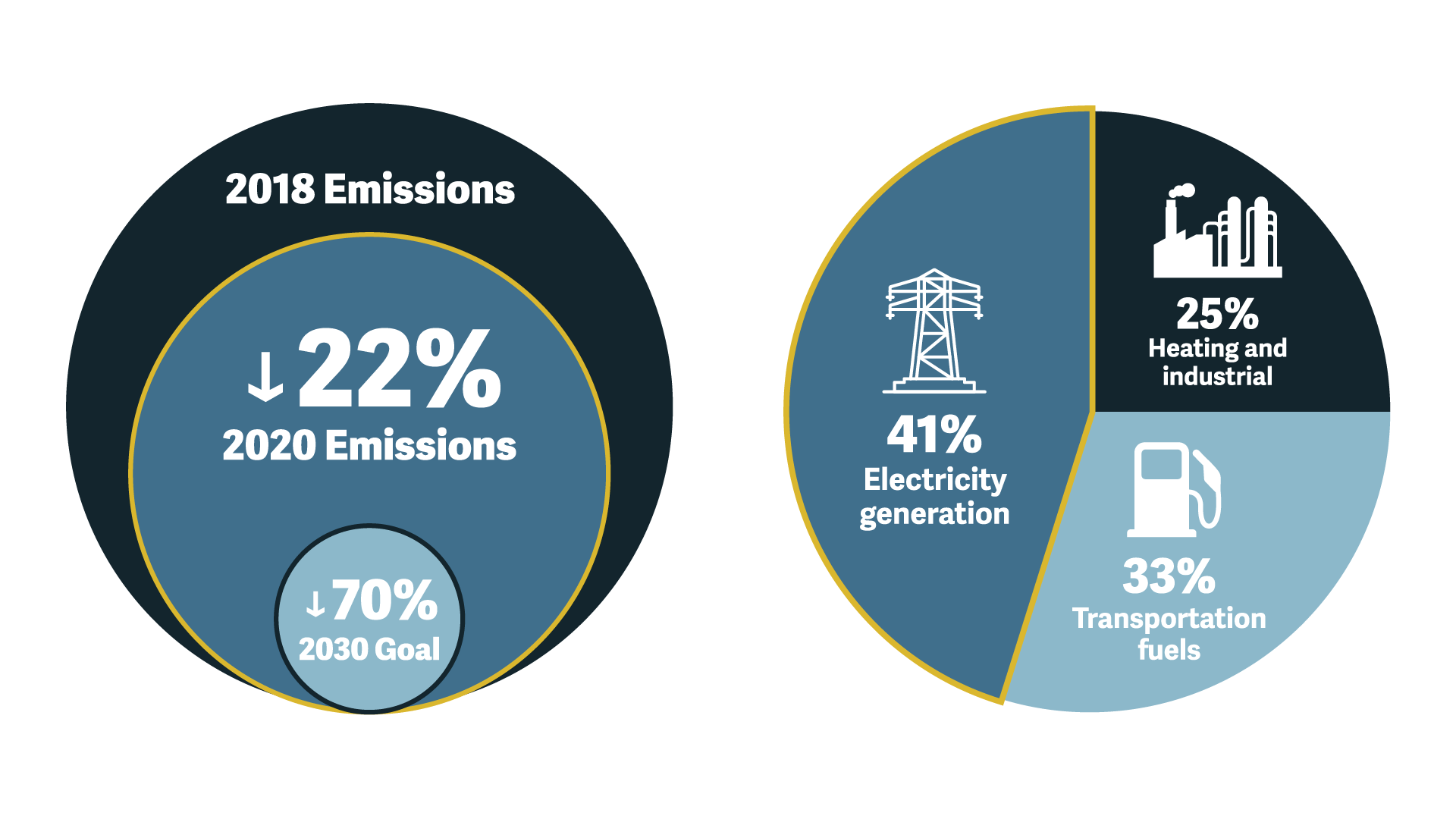Boulder achieves 22% reduction in community greenhouse gas emissions in 2020
Boulder achieves 22% reduction in community greenhouse gas emissions in 2020
The Boulder community’s contribution to climate change got smaller in 2020. According to the city’s newly released greenhouse gas (GHG) inventory, emissions that cause climate change fell 22% since 2018. The report highlights bright spots in the community’s climate work and emphasizes the work ahead to achieve future targets.
“In Boulder, we are newly recognizing that because of our past contributions to climate change and our unique ability act, we must remain ambitious and steadfast in our efforts to reduce emissions,” said the Interim Director of Climate Initiatives, Jonathan Koehn. “Our annual GHG report is a time to celebrate what we’ve accomplished together, and keep our eyes on the hard, collective work ahead.”
“The next decade is going to require unprecedented changes to how our cities operate and what each of us can do. Addressing climate change won’t be easy, but we know that this work will make our city better and more resilient.”

Consistent with years past, the top sources of Boulder’s emissions were electricity generation (41%), transportation fuels (33%) and fossil fuels (e.g., natural gas, propane) used for heating and industrial processes (25%). Key drivers for emission reductions were cleaner electricity, less energy use in buildings and reductions in vehicle travel.
The report also underlines the impact COVID-19 had on our lives and, consequently, our emissions. One key metric is vehicle miles traveled per resident. New, more accurate, city data show nearly a 30% decline since 2018, largely due to the shutdowns in spring 2020.
“Some of the emissions reductions we saw in 2020 were durable,” said sustainability and data policy analyst Lauren Tremblay. “But others, particularly the steep decline in vehicle travel, are likely unique to last year. It will be interesting to see the data for 2021 to measure the pandemic’s full impact.”
The city’s GHG report comes just weeks after the city formally adopted new, more aggressive climate targets. Boulder now seeks to achieve an 70% reduction in emissions by 2030 and become net zero by 2035.
At the Oct. 23 city council meeting, Koehn described the reasoning behind the new targets. “Our targets should be updated to reflect the latest science. We know we need to move faster, which is why a growing number of cities from around the world are not only setting lofty goals, but are carrying through with timely, impactful plans in support of transformative action.”
Travel Emission Data Come into Focus
This year, the city updated its inventory to include more accurate data related to vehicle and airplane travel. The city now differentiates and counts transboundary air and vehicle trips such as commuter trips into Boulder and Boulder-initiated trips out of the Denver International Airport. In 2020, vehicle trips that crossed the city limits accounted for 43% of all transportation emissions.
Inventory History
The city has published inventory reports since 2005 as a way of measuring progress of emission reduction initiatives funded by the Climate Action Plan tax. The annual GHG inventory allows the city to track and regularly update the community on progress toward those goals.
Boulder’s inventory follows the Global Protocol for Community-Scale GHG Emissions, which allows Boulder to compare its progress and emissions trends over time to other cities around the world.
More details are available on the city’s Boulder Measures Dashboard for community-wide and city organization emissions.
Learn more about the city’s efforts to address climate change at: bouldercolorado.gov/government/departments/climate-initiatives.
